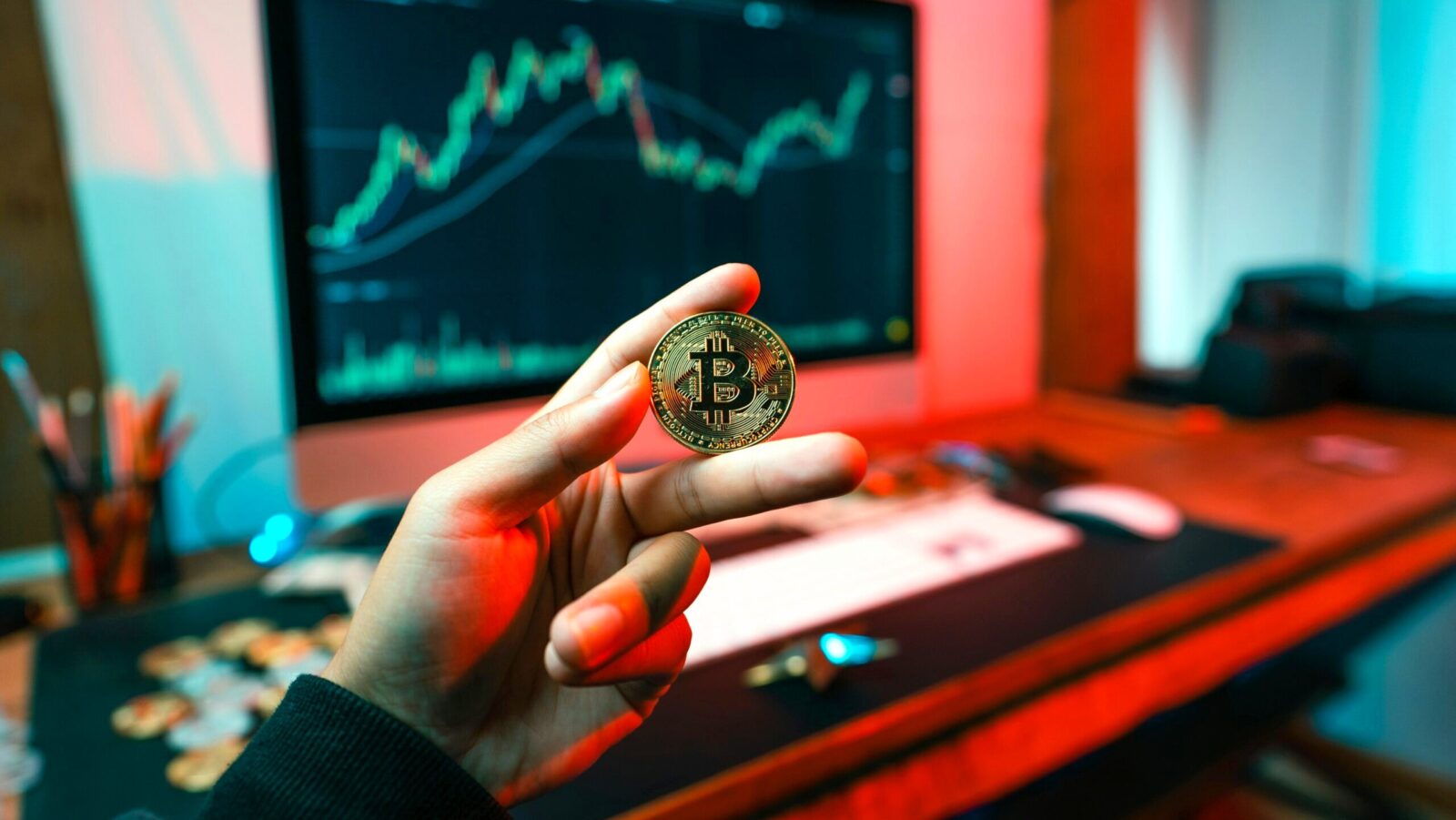An ETF for the Buy Now, Pay Later Market
The buy now, pay later business has a stigma that could hold back a proposed ETF focused on the market, one observer noted.

Sign up for exclusive news and analysis of the rapidly evolving ETF landscape.
If an ETF focused on the buy now, pay later market, could investors borrow via PayPal to acquire shares?
The answer is probably not. But there is a forthcoming exchange-traded fund, seeking the Securities and Exchange Commission’s approval, that would invest in short-term consumer debt issuers. While there are funds on the market with exposure to the likes of PayPal and Affirm, ones concentrated on the BNPL business are hard to find. The VegaShares Buy Now, Pay Later ETF would seek out financial-industry securities based on assessments of issuers’ competitive positions, risk management, leverage, and price relative to peers, according to the initial prospectus filed earlier this month.
The ETF may have to answer at least two questions, said Todd Sohn, ETF strategist at Strategas. One of which is whether the timing is right: is the launch coming at an advantageous time in the economic cycle? The other, he said, “is anyone going to want to buy this in bulk, particularly in the competitive ETF space?”
Installments on Takeout
The BNPL business comes with some baggage and a pretty big stigma. While it makes money, it’s hard to argue that it operates in the best interest of consumers. The services have grown in popularity over a decade in the US, particularly among people who are the least financially equipped to borrow, according to a paper last month by economists at the Federal Reserve Bank of Kansas City. “Although BNPL services may help some consumers manage financial constraints by breaking down purchases into smaller installments and providing access to interest-free credit, the smaller, interest-free installments may also lead some consumers to perceive purchases as more affordable than they really are, increasing the risk of overspending, debt accumulation, and even default,” authors Fumiko Hayashi and Aditi Routh wrote.
High percentages of people who have used BNPL services have not fared well, data from a recent Motley Fool study show:
- Nearly a quarter, 24%, of such borrowers were late on payments last year, up from 18% in 2023.
- Fifty-eight percent borrowed for purchases they otherwise couldn’t afford, and 40% said they regretted using buy now, pay later after understanding the full costs.
Paying the Price: Still, it’s a market that is drawing investors. Prudential’s PGIM unit is buying up as much as $500 million in consumer debt from Affirm over three years, according to a report in The Wall Street Journal. The prospectus for the VegaShares Buy Now, Pay Later ETF did not yet identify the fund’s advisor, and the law firm representing it did not comment, citing company policy.
Ultimately, the market will determine whether there’s room for such an ETF, and a challenge will be getting assets that are sticky, Sohn said. “Those stocks … seem to come with a stigma. It’s almost like preying on unaware consumers.”











